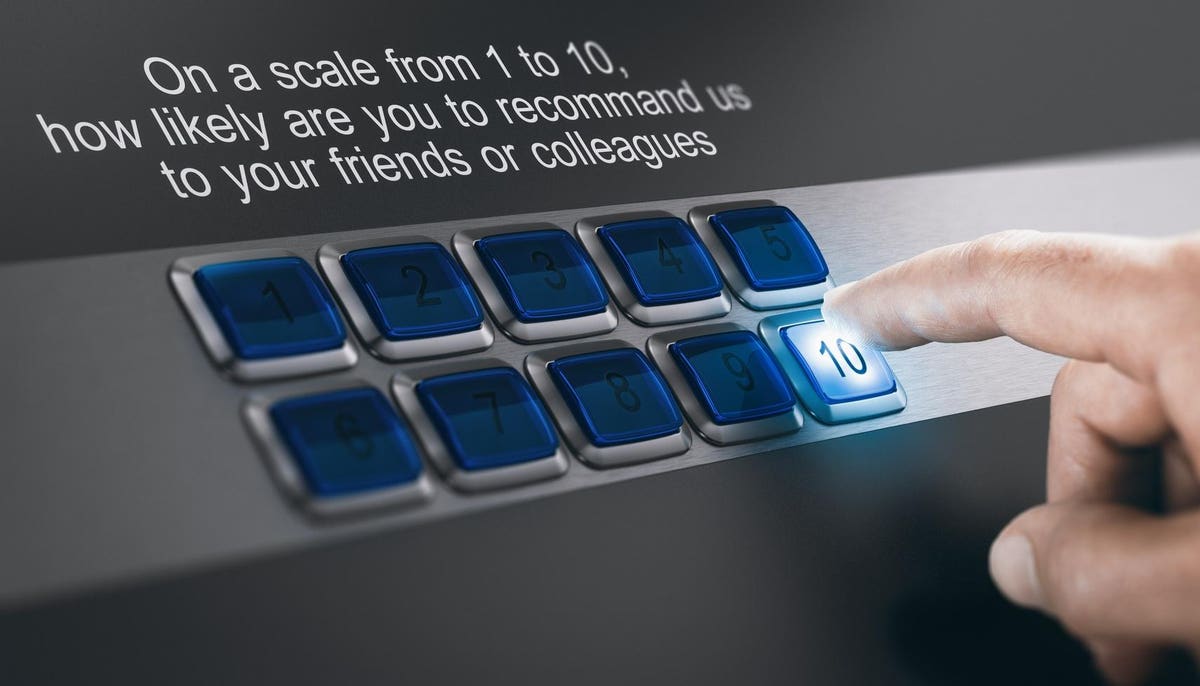If there really is a secret to getting higher CSAT and NPS scores, I believe it is this:
Always do what the customer expects.
A typical customer just wants to be happy, and achieving “customer happiness” isn’t complicated. It’s actually pretty simple. Just meet the customers’ expectations. Be friendly, easy to do business with (as in no friction), respond quickly, show empathy when needed and make the customer feel like a person, not a transaction.
We have seen an increase in customer expectations, and it is because rock-star brands like Apple, Amazon, Chick-fil-A, Costco and other companies known for customer service are teaching our customers what to expect—and therefore demand of any company they do business with.
When I mention this in my customer experience keynote speeches, I’ll get questions and comments about how the “new way of doing business” makes it harder to meet those expectations. What new way? To me, nothing has changed when it comes to customer service, and this is what it looks like:
- The customer has a question or a problem.
- They contact the company or go to its website or other communication channel to get their question answered or problem resolved.
- At the end of the interaction, they are happy.
That’s it. It sounds simple, and in theory, it is. Perhaps I should be clearer when I say, “Nothing has changed.” What I mean is that the desired result hasn’t changed. It starts the same way and ends the same way. However, the middle part has changed. Today, we have help. Customers no longer must rely on talking to customer support agents. The new age of customer service and CX includes chatbots, AI and more to help manage issues, questions and problems.
My point is that the fundamentals haven’t changed. Customers need help, and in the end, they want to be happy.
For many years, if customers needed help, they called the company. Then came alternative ways to communicate with the company, which include texting, emailing, etc. Some companies added a “frequently asked questions” page to their website as an easy alternative to communicating with a live agent. And then there are the aforementioned chatbots, which have come a long way, especially with the new generative AI platforms. However, most would agree that it all starts and ends the same way.
Now that may seem simple, basic and not much of a secret at all, but I would disagree because too many companies haven’t yet figured it out. There may be processes—some of them complicated—behind what is driving a better customer service experience, but that doesn’t change the simple goal of the customer being happy upon competition of the interaction.
Here’s what customers want, according to our annual customer service research (sponsored by Five9):
1. Product Quality: This comes in at No. 1. Whatever the customer buys has to do what it’s supposed to do.
2. Price: Of course, price is important, but not necessarily the lowest price. Create the right value and price becomes less relevant. Price becomes more important when there’s an absence of value.
3. Customer Service: This is a big part of the value that makes price less relevant.
4. Convenience: More than half (53%) of the consumers we surveyed said they would pay more if they knew they would receive a more convenient experience. And 65% of customers say a convenient customer service experience (hassle-free, without friction) is more important than friendly customer service.
You don’t have to deliver an over-the-top experience every time you interact with a customer. Once in a while, a problem will fall into your lap that allows you to demonstrate higher service levels, but in most interactions, just do what your customers expect. Do it consistently and predictably, and they will reward you with positive reviews and more business. So maybe it’s not such a secret after all.
Read the full article here





